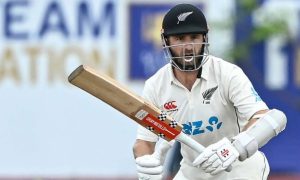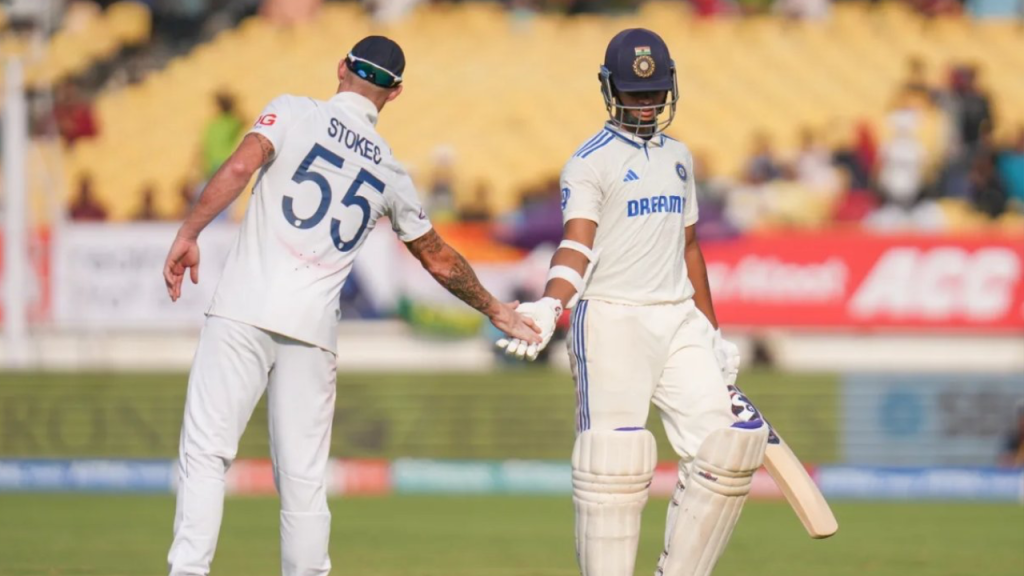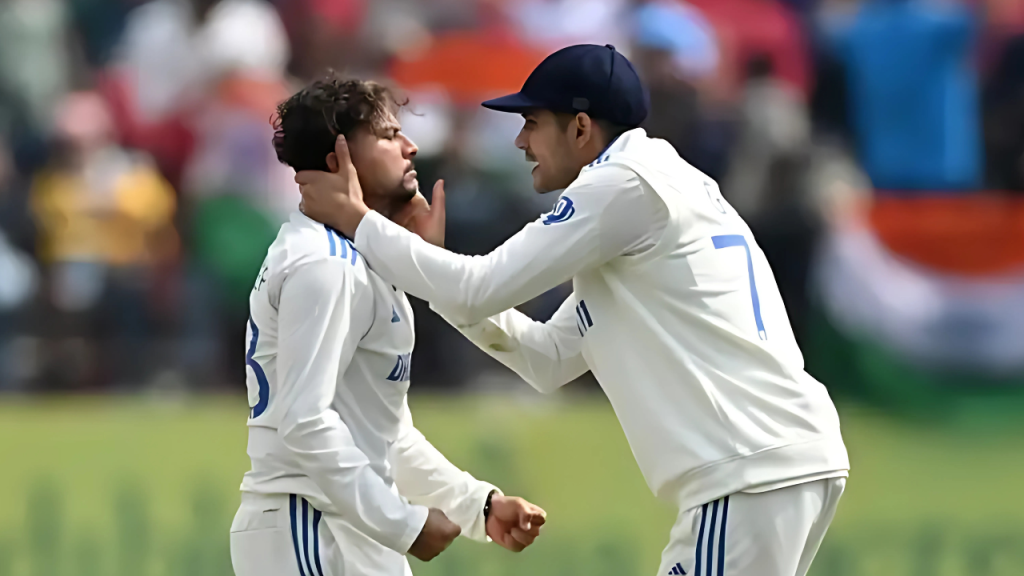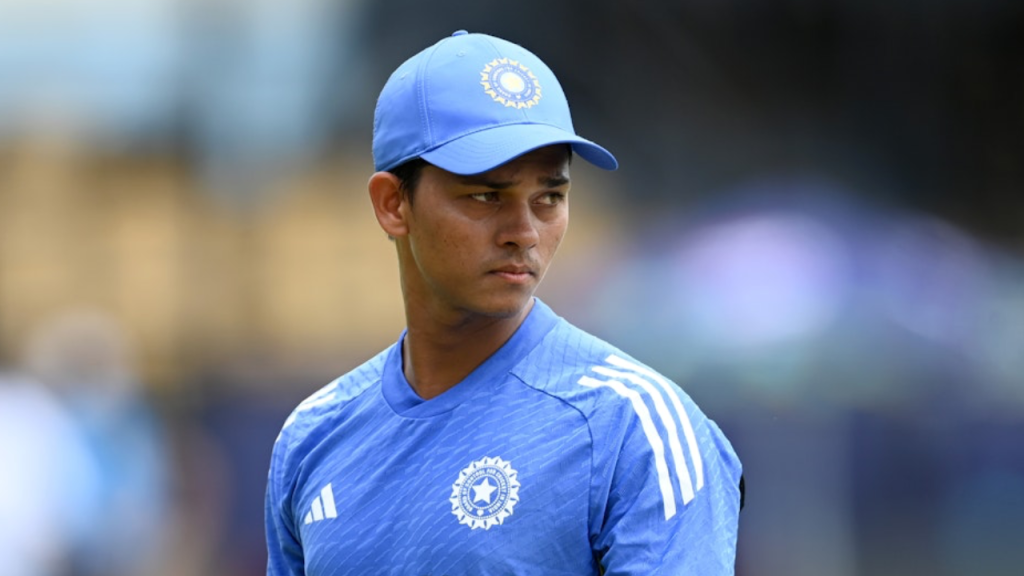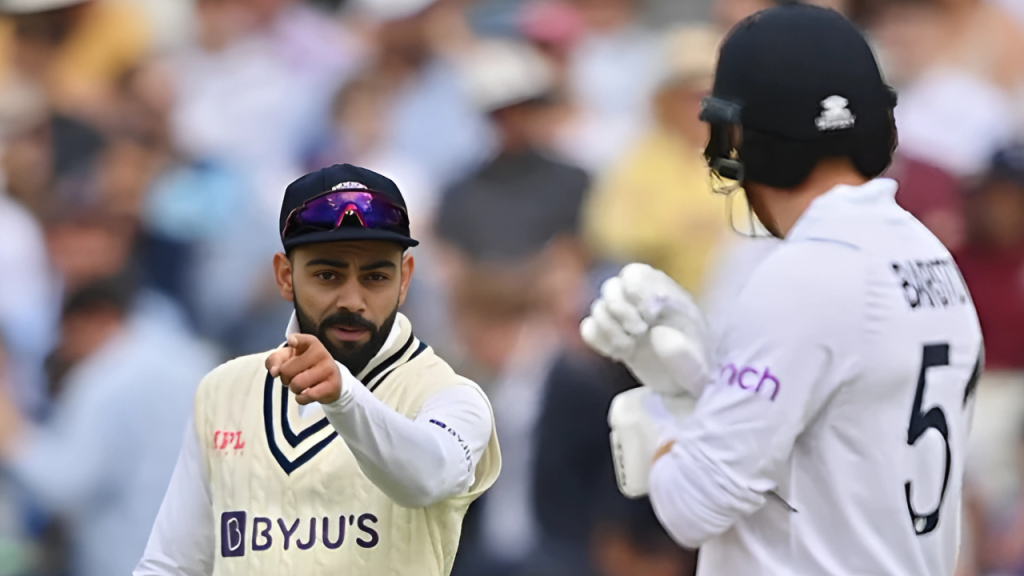The landscape of New Zealand cricket experienced a seismic shift when Kane Williamson, one of the most respected figures in the game, decided to step down from his role as Test captain. This transition marked a new era for the Black Caps, with Tim Southee and Tom Latham taking the helm at different points. This article examines the implications of this leadership change, the distinct leadership styles of Southee and Latham, how the team has performed under their guidance, and what this means for the future of New Zealand cricket.
The Legacy of Kane Williamson

Captaincy of Kane Williamson was defined by his calm demeanor, tactical acumen, and the ability to lead by example with the bat. His leadership saw New Zealand through some of its most memorable victories, including the 2021 World Test Championship triumph. Approach of Kane Williamson was one of quiet strength, fostering a team culture of resilience, unity, and strategic play. His decision to step down, announced in December 2022, was not due to poor performance but rather a strategic choice to focus on his batting and to allow new leadership to steer the team forward.
Tim Southee’s Captaincy
Tim Southee took over the Test captaincy in what was seen as a natural progression, given his long-standing presence in the team and his experience.
Leadership Style: Southee’s leadership is characterized by his experience and his deep understanding of the game. Known for his calm and collected nature, much like Kane Williamson, Tim Southee brings a sense of continuity. However, his style also includes a bit more aggression, especially with the ball in hand, aiming to inspire through his performances. He is more vocal than Kane Williamson, often seen rallying his troops, especially the younger players.
Impact on Team Performance: Under Southee, New Zealand continued to be competitive, with notable series wins, including a memorable victory against England in early 2023. His captaincy saw the integration of new talent like Rachin Ravindra and Will O’Rourke, showing his ability to blend experience with youth. However, his tenure was also marked by challenges, particularly in subcontinental conditions, where the team struggled to adapt.
Challenges Faced: Southee’s leadership was tested by injuries to key players and the need to rebuild an aging pace attack. His own performance dipped at times, which is not uncommon for a captain juggling leadership and personal form.
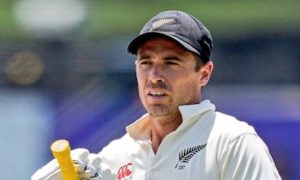
Tom Latham’s Ascendance
Tom Latham eventually succeeded Southee as Test captain, marking another shift in leadership dynamics:
Leadership Style: Latham, known for his opening batting prowess, brings a different flavor to captaincy. His approach is more about leading from the front with the bat, setting a tone for the team. He’s described as methodical, often relying on data and strategy, which reflects in his field placements and bowling changes. Latham’s leadership style is less about being vocal and more about setting an example through hard work and preparation.
Performance Under Latham: Latham’s captaincy began with a tour of India, where New Zealand achieved a historic series win, showcasing his ability to strategize for different conditions. His leadership has been credited with revitalizing the team’s approach, particularly in terms of batting strategies, encouraging more aggressive starts or calculated partnerships based on match situations.
Tactical Shifts: Latham has introduced subtle changes in team composition, often giving opportunities to players who can adapt to the conditions of the day, whether it’s reinforcing the spin bowling or adjusting the batting order for better matchups. His calm under pressure has been a significant asset in close encounters.
Comparative Analysis of Leadership Impact
Team Culture: Both Southee and Latham have maintained the culture of hard work and team spirit set by Kane Williamson. However, Latham’s approach seems to push for a slight shift towards a more dynamic and proactive game plan, especially in batting.
Tactics and Strategy: Southee’s tenure might have been more about maintaining the established strategies with slight tweaks, whereas Latham has shown a willingness to innovate, particularly in how the team approaches different match scenarios and opponents.
Player Development: Southee was pivotal in the transition of players from domestic to international cricket, giving debuts to several promising talents. Latham has continued this trend, focusing on how these players can fit into different roles within the team.
Future Prospects for the Black Caps
Long-term Vision: With Latham at the helm, there’s an opportunity to redefine New Zealand cricket’s identity in the post-Williamson era. The focus might shift towards building a team that can excel across various conditions, not just at home but globally.
Challenges Ahead: The Black Caps need to manage the transition of an aging squad while integrating new talent. This includes finding successors for key roles, particularly in the bowling department, where the legacy of Southee, Boult, and Wagner looms large.
Performance Expectations: There’s a high expectation for Latham to continue the legacy of success. His performance in crucial series, especially against top teams like Australia, India, and England, will be closely watched.
Innovation and Adaptation: Latham’s ability to adapt strategies to modern cricket, including the use of data analytics and nurturing all-rounders who can contribute in multiple aspects, will be crucial.
The transition from Kane Williamson to Tom Latham, with Tim Southee as an interim leader, represents not just a change in personnel but a potential evolution in New Zealand cricket’s approach to the game. Each captain has brought something unique to the table, maintaining the core values of resilience and teamwork while introducing their personal touch to strategy and player management. As the Black Caps move forward, the legacy of their past leaders will guide them, but the future will be shaped by how Latham can harness the team’s potential, adapt to the changing dynamics of cricket, and lead New Zealand to new heights on the international stage. This new era under Latham’s leadership holds promise, challenges, and the opportunity for the Black Caps to continue their storied tradition in world cricket.
